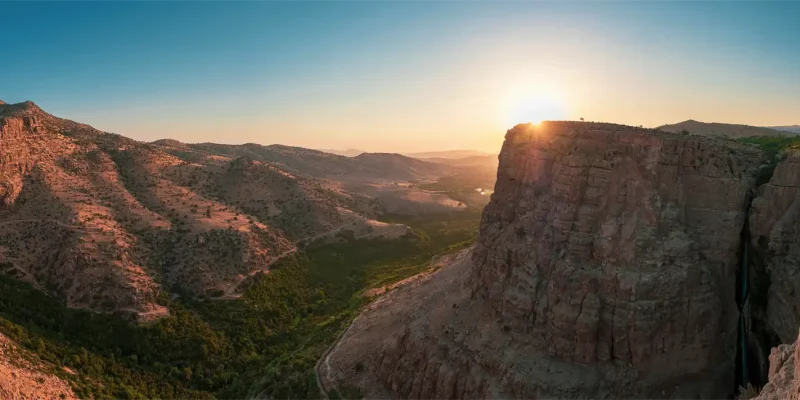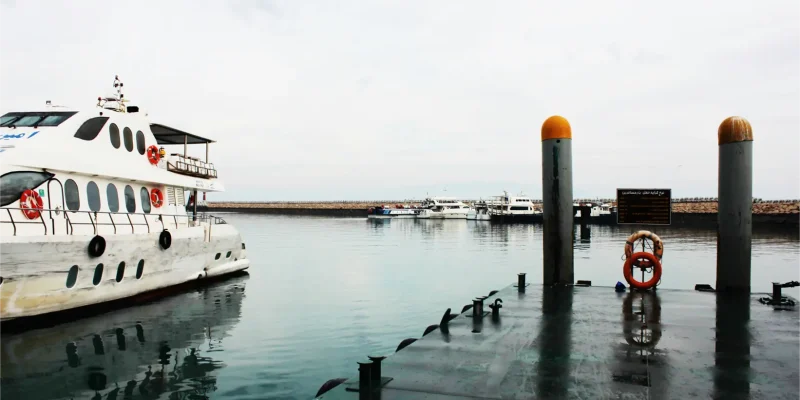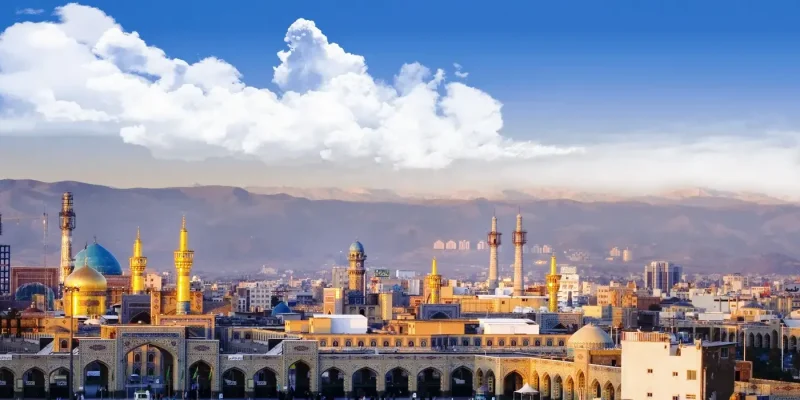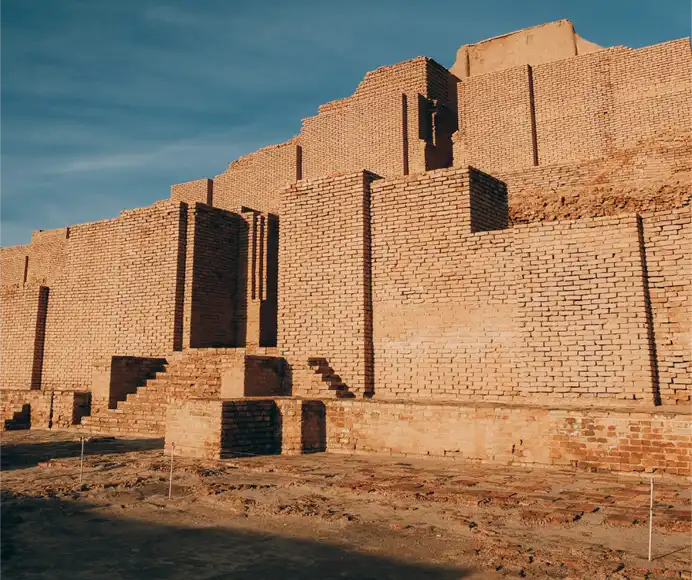
Khuzestan province sits in southwestern Iran showing off the rich tapestry of Persian history and culture. This varied region spans from the rocky Zagros Mountains to the Persian Gulf coastline, and it has helped shape Iran’s past and present. Khuzestan’s key location and plentiful natural resources have made it central to human civilization for thousands of years.
Khuzestan has an influence on visitors with its mix of old and new sights. People can check out dig sites from when humans first settled, soak up the lively customs of different groups, and take in views that go from green swamps to dry deserts.
This piece digs into Khuzestan’s gripping past, its cultural roots, and the natural beauty that makes this area a secret treasure in Iran’s center.
Old History and Dig Sites

The rich history of Khuzestan province has its roots in the Elamite civilization, which thrived in this area for millennia. Khuzestan called Elam, has had an influence on the cultural and political scene of ancient Iran.
The Elamite civilization one of the world’s oldest, began in Khuzestan around 3200 BCE. This old culture made a lasting impact on the region, and its reach went well beyond its boundaries. The Elamites built an advanced society, with their own language skilled building methods, and a detailed system of rule.
Susa stands out as a key archeological site in Khuzestan. This ancient city was the capital of Elam for hundreds of years. Susa has a history going back to about 4395 BCE, which makes it one of the oldest known settlements in the area. The city’s prime spot at the meeting point of major trade routes helped it become an important cultural and economic center.
Susa kept its importance well into the Achaemenid era when it became one of the four capitals of the Persian Empire. When Darius I ruled, Susa went through big changes and grew larger, including the building of a huge palace complex. The city’s long history shows in the many objects and building remains that archeologists have found, which display a mix of Elamite, Mesopotamian, and Persian styles.
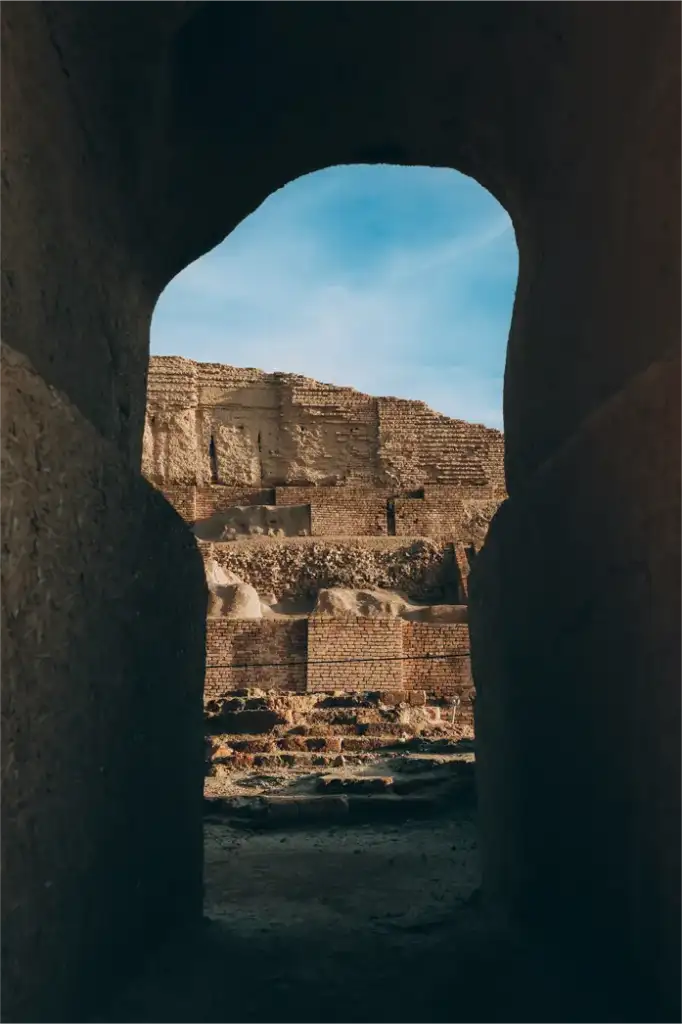
Another standout archaeological site in Khuzestan is Chogha Zanbil, an ancient Elamite complex King Untash-Napirisha built around 1250 BCE. The heart of this UNESCO World Heritage site features a huge ziggurat, which experts regard as one of the best-preserved examples of this stepped pyramidal monument type outside Mesopotamia. The ziggurat, which once stood 53 meters tall, honored the Elamite gods Inshushinak and Napirisha.
Chogha Zanbil matters for more than its eye-catching buildings. It sheds light on how the Elamites worshipped and laid out their cities. The site features temples, palaces, and a clever water system all guarded by three rings of walls. Bricks with writing found there have helped experts crack the code of Elamite language and way of life.
The Achaemenid Empire, which Cyrus the Great started in the 6th century BCE, changed Khuzestan’s history forever. This Persian empire made the province a key part of its lands, and Susa became one of its main centers. The Achaemenids built on what the Elamites had left behind adding Persian culture and building styles to the area.
Digging in Khuzestan has turned up many things from the Achaemenid time. These include fancy gold jewelry, stone carvings with pictures, and clay tablets with wedge-shaped writing. These objects tell us a lot about everyday life religious customs, and how the Persian Empire ran things.

The archeological riches of Khuzestan still draw in scholars and history buffs from all over. Digs and research in the area are revealing new insights about how different ancient cultures mixed and mingled in this part of Iran. From early Elamite towns to grand Achaemenid buildings, the archeological sites in Khuzestan give us a peek into the region’s impressive history and how it shaped human civilization.
Cultural Heritage and Diversity

Khuzestan province stands out as a colorful mix of different ethnic groups, languages, and cultural customs. This varied cultural scene has grown over hundreds of years, as people moved around and different communities got to know each other.
Ethnic Groups
Khuzestan has a rich mix of ethnic groups, which makes it one of Iran’s most diverse provinces. The population includes Arabs, Bakhtiaris native Persians, Lors, and other smaller groups. The Arabs known as Ahwazi Arabs, form a big part of the population, with numbers between 2 to 3 million. These Arab communities have deep roots in the region, with some tribes making Khuzestan their home as far back as the 9th century AH.
The Bakhtiaris, another key ethnic group live in the upper regions of northern and eastern Khuzestan. They’ve kept their unique culture and customs intact for hundreds of years. Native Persians in towns like Shushtar, Dezful, and Behbahan, are the offspring of old city dwellers in Khuzestan.
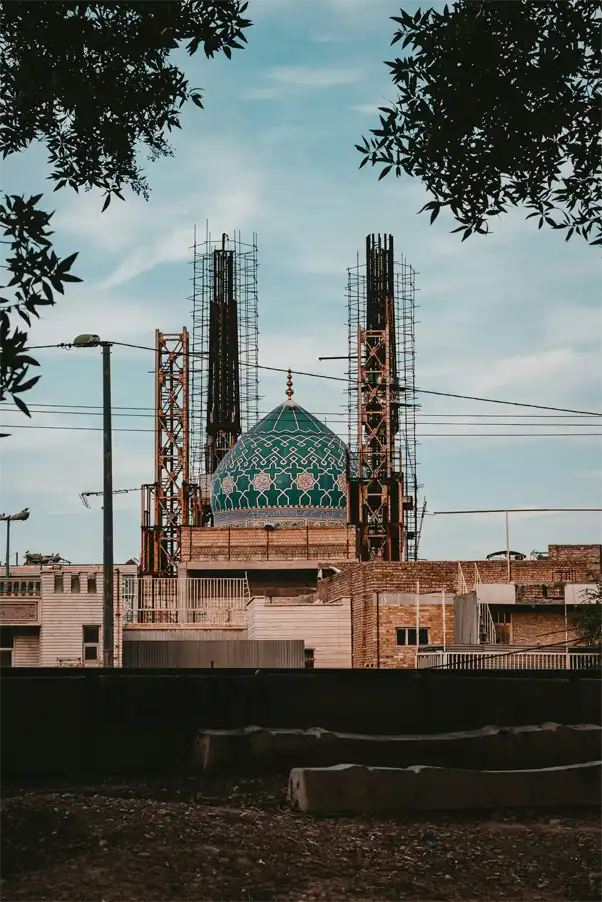
Khuzestan’s mixed ethnic makeup has created a tangled network of connections and sometimes, conflicts. Some minority groups Arabs, have voiced their unhappiness about things like the government not spending enough to develop their areas and not letting them use their old languages much.
Languages and Dialects
The language scene in Khuzestan matches its mix of people. You’ll hear a lot of Arabic in the south and east of the province. The local Arabic has changed over time because it’s been close to Persian for so long. It’s part of the Bedouin-style south Mesopotamian gələt-dialects and sounds a bit like what you’d hear in Iraq and around the Gulf.
Persian, the official language of Iran, has a major effect on education, administration, and business across the province. Yet several local dialects remain such as Dezfuli-Šuštari and Baḵtiāri. These dialects, though facing pressure from the standard language still hundreds of thousands of people in Khuzestan speak them.
The interaction between these languages and dialects creates a special language scene. Many Khuzestan Arabic speakers learn Persian as a second language, with different levels of bilingualism based on things like education, age, and whether they live in cities or rural areas.
Traditional Arts and Crafts
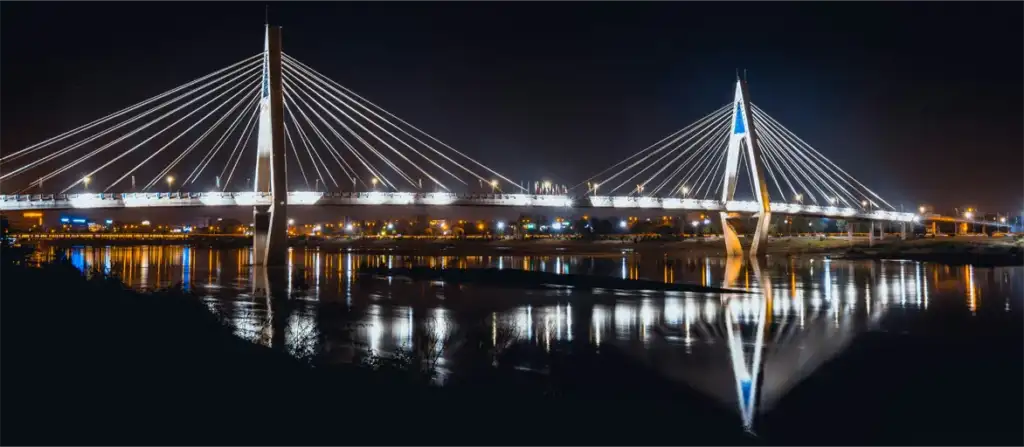
Khuzestan’s cultural heritage shows in its long-standing arts and crafts tradition. The area has been an artistic hub for thousands of years shaped by the many civilizations that have called it home.
Carpet weaving stands out as one of Khuzestan’s most famous crafts. The region’s carpets are known for their complex patterns and top-notch materials. Other popular handicrafts include pottery, metalwork, and woodcarving.
People in Khuzestan practice Minakari, or enameling. This careful craft involves painting and decorating metal surfaces with bright colors and detailed designs. Khatam is another traditional craft, a type of inlaid woodwork that creates eye-catching geometric patterns.

These long-standing arts and crafts don’t just provide a living for many skilled workers; they also help keep Khuzestan’s cultural traditions alive. But just like other old-fashioned practices, these handmade goods face tough times in today’s world. They have to compete with factory-made products and deal with shifts in what people want to buy.
Natural Wonders and Landscapes
Khuzestan province has a varied and stunning landscape. It spans from green wetlands to dry deserts and high mountains. This mix of land types adds to the area’s wide range of plant and animal life and its natural beauty.
Rivers and Wetlands
Khuzestan is famous for its plentiful water sources. Five of Iran’s biggest rivers start in the Zagros Mountains flow through the province, and end up in the Persian Gulf. The Karun River stands out as the most important. At 850 kilometers long, it’s Iran’s river with the highest water flow. The Karkheh, Jarahi, and Maroun are other key rivers. These rivers have a big impact on watering Khuzestan’s rich plains.
The province has two wetlands known worldwide: Shadegan and Horolazim. Shadegan wetland registered at the Ramsar Convention in February 1971, spans 300,000 hectares. These wetlands play a key role as homes to many types of wildlife birds that migrate. Shadegan wetland alone has records of more than 170 bird species from 32 different families. Of these, 120 are migratory birds and 13 face threats .
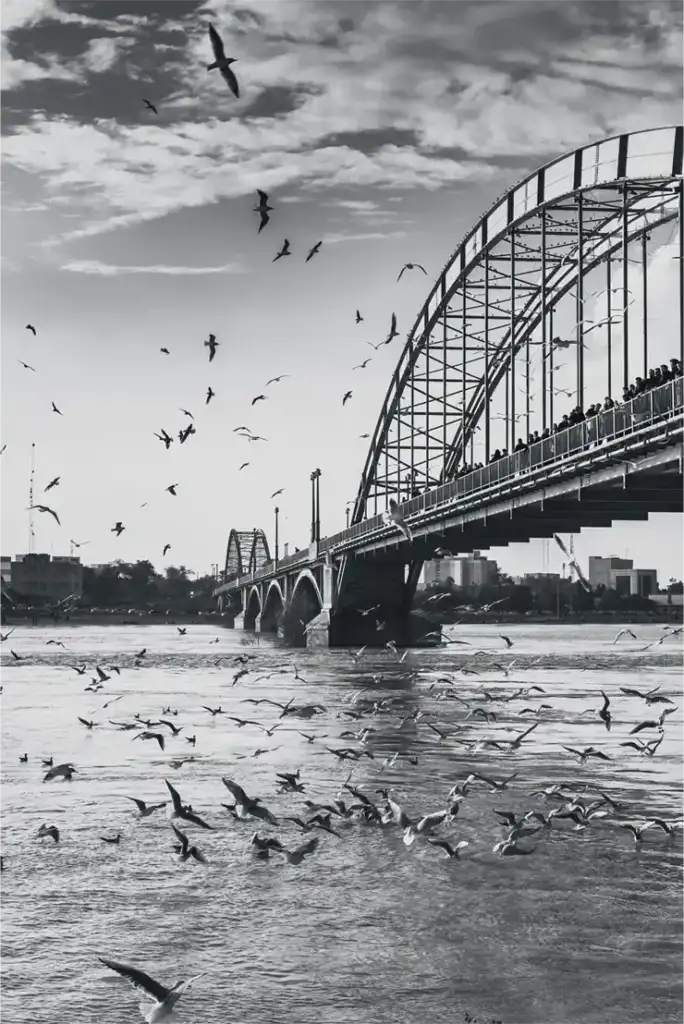
But these essential water sources are in big trouble. In recent times, riverbeds and wetlands have dried up, which puts people and animals at serious risk. The Karkheh and Zohreh rivers, along with some parts of the Hur al-Azim wetland, have lost a lot of water. This environmental problem has hurt local ecosystems, affecting thousands of plant and animal species.
Deserts and Mountains
Khuzestan’s land shows a big difference between its flat areas and mountains. You can split the province into two main parts: the hilly and mountainous areas north of the Ahvaz Ridge, and the flat lands and swamps to its south.
The mountain areas of Khuzestan have several well-known peaks. Mount Cho, Zard kooh, Shavish, Abbandan, Mamazad, Kuh Siah, and Kuh Chal are some of the big mountains in the province. The Haft Tanan Mountain, which goes up to over 4,000 meters, is a place many mountain climbers like to visit.
The climate in these mountain areas has mild summers and cold winters. Some parts are semi-desert. The lowlands and plains in the south and southeast are drier becoming semi-desert in places.
Khuzestan’s plains slope and have salt domes in some spots. This makes the water and land salty in the area. This special landscape creates many different habitats and ecosystems across the province.
Unique Flora and Fauna
Khuzestan’s diverse landscapes maintain a wealth of biodiversity making it a snapshot of Iran’s natural treasures. The province houses many plant and animal species, with several unique to the area.
When it comes to plants, Khuzestan has more than 13,000 hectares of date orchards in the Shadegan region alone. These orchards don’t just offer economic value but also play a key part in the local ecosystem. Yet recent environmental issues, including dust storms, have started to put these essential plantations at risk.
Khuzestan boasts a wide range of animal life. You’ll find many types of mammals in the province, including bats Indian gray mongoose golden jackal striped hyena, and several wild cat species. The region is also home to hoofed animals like wild boar, urial, and goitered gazelle.

The wetlands and rivers of Khuzestan support a thriving water-based ecosystem. Scientists have spotted over 30 kinds of wetland fish and 40 sea fish in the Shadegan wetland. The province also houses unique reptiles such as the Euphrates Softshell Turtle and various gecko types.
Just like other parts of Iran, Khuzestan struggles with big environmental problems that put its wildlife at risk. Things like losing places to live, not having enough water, and dirty air and water make it hard for many animals to survive. Back in 2001, 20 types of mammals and 14 kinds of birds in Iran were in danger of dying out. The Asiatic cheetah, which now lives in Iran and could disappear forever, shows us why we need to protect nature in this area right away.
Conclusion
Khuzestan province shows Iran’s rich mix of history, culture, and natural beauty. From the old Elamite civilization to the many ethnic groups that live there now, Khuzestan has an impact on Iran’s past and present. The province’s old sites, like Susa and Chogha Zanbil, give us a look into the area’s famous history. At the same time, its different landscapes, from green wetlands to dry deserts, display Iran’s natural wonders.
Still, Khuzestan has big problems that need fixing. The environment, including not enough water and dirty air, affects people and animals. To keep Khuzestan’s culture and natural beauty, we need to balance growth and protection. If we tackle these issues, Khuzestan can stay a lively example of Iran’s variety and important history for years to come.
FAQs
Khuzestan is a province in southwestern Iran, bordering Iraq and the Persian Gulf. It is known for its rich history, diverse culture, and strategic location as one of the country’s main oil-producing regions.
Khuzestan is famous for its oil and gas reserves, which make it an important economic hub in Iran. It is also renowned for its ancient historical sites, such as Shushtar Hydraulic System and the ancient city of Susa, as well as its natural attractions like the Karun River.
Khuzestan has a hot desert climate. Summers are extremely hot and humid, with temperatures often exceeding 50°C (122°F). Winters are mild and more comfortable, making it the best time to visit.
The main languages spoken in Khuzestan are Persian, Arabic, and Luri. The province is home to various ethnic groups, including Arabs, Persians, Bakhtiari Lurs, and Dezfulis, which adds to its linguistic and cultural diversity.
Some famous attractions in Khuzestan include:
- Shushtar Historical Hydraulic System (a UNESCO World Heritage Site)
- Chogha Zanbil (an ancient Elamite ziggurat and UNESCO site)
- Susa (an archaeological site of historical importance)
- Karun River (the longest river in Iran)
- Dez Dam (one of the largest dams in the region).
